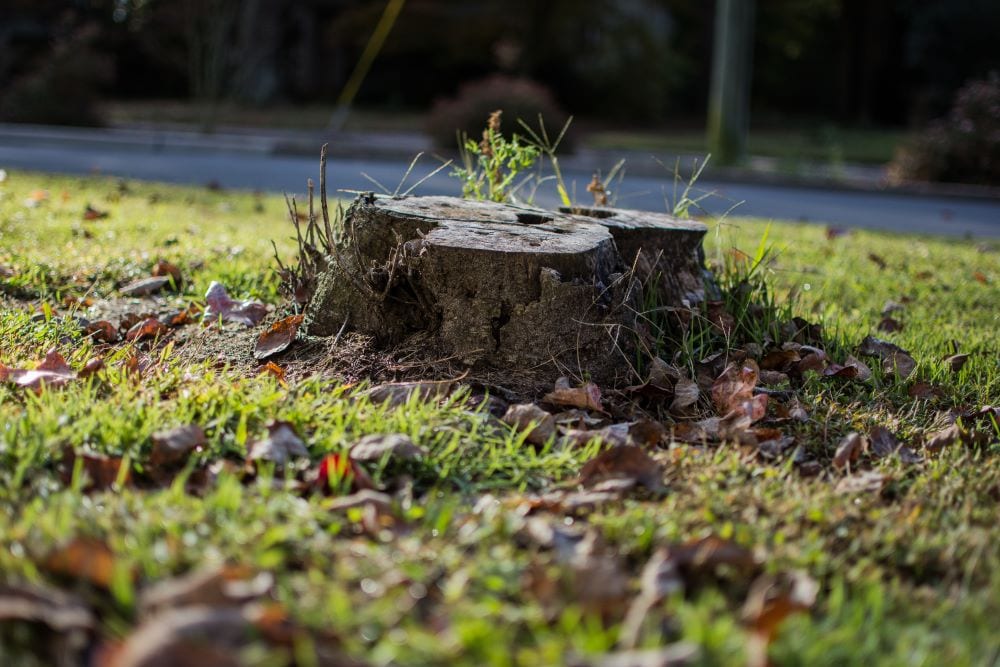DIY Stump Removal Tips and tricks

Did you need to remove the tree in your property due to the weather, natural catastrophe and root growth or an insect infestation? The stumps that remain can be a source of annoyance. If you have some spare time and you’re willing to stretch your muscles to complete the task it is possible to avoid expensive stump removal and take care of the job yourself.
Although there’s many stump removal method The following guide will help you figure out the easiest method of doing it yourself. Before you start putting the saw to wood, be sure that you’re wearing the right safety gear and clothes. These include safety glasses as well as safety gloves, earplugs and long pants, a jacket and the right boots. Talk to an local expert in home improvement for any questions regarding proper chainsaw operations and safety practices.
8 steps to do-it-yourself stump removal
Step 1: Cut off to the stump as you are able.
Cut the stump as far as you are able to. The only way you can achieve this goal is to use the chainsaw. We suggest wearing steel-toed shoes as well as work gloves, earplugs and eye protection when working with chainsaws.
Step 2. Drill holes into the remaining stump.
Start drilling from the top downwards and each hole should be 2-3 inches from each other, and approximately 8 to 10-inches deep. Drill holes through both sides too and aim to cross-cut with the holes that are coming downwards towards the upper. Be sure to use the drill bit that is 3/8 inch in diameter.
Step 3: Apply the chemical
After you’ve finished drilling the holes then pour the chemicals for stump removal down each of the holes on top. When selecting a tree stump remover, fine-grained granules can be easier to work with. The products that are available in powder form are more likely to block the top of the holes, whereas products that are made from fine granules typically roll right towards the base.
Step 4. Pour water into the holes.
After each hole has been filled with a chemical to remove stumps then add water according to the directions included with the product you purchased.
A tip to remember: Pouring too much water could dilute the chemical components of the stump and negatively impact how the product performs. Make sure you measure the water exactly and follow the instructions carefully.
Step 5 Step 5: Cover the stump
The removal of the stump typically will take several weeks depending on the chemical employed. To safeguard animals and children make sure that the stump is protected always. Any contact with the stump, without precautions can be hazardous. The stump should be covered with tarps and scrap pieces of rock, wood or bricks. Check the stump periodically to determine the effect the chemicals had on it and ensure that the covering remains in place.
Step 6 Step 6: Soak the stump in Kerosene
If the stump is beginning to look like a mulch or sponge and is able to break apart and easily, it’s the time to pull open the Kerosene. Soak the stump in kerosene and allow it to sit for a few weeks. Kerosene is recommended to this point since it is impossible to remove the stump manually in its current condition.
Step 7 Step 7: Set the stump over the fire.
The first step is to check with your local municipality about fire restrictions within your local area. If everything is fine then it’s time to put the fire on the stump. After a couple of weeks, expose your stump, take away any debris from the area and form the ring of stones or blocks around your stump. If you’re in need of some kindling, add it and light it. Have a hose, fire extinguisher or baking soda in case the fire gets too large.
The fire should be put out once the stump is completely gone, leaving one hole in the soil where it used be. Be prepared for it: it could take a few days before the flames go out. Do not leave the first flame unattended, and ensure there aren’t any people or animals in the vicinity who could get injured.
8. Fill in the hole
When the fire has been extinguished and the stump has been removed remove the remaining roots, then cover the holes with sod. The sod should be firmly packed and seal your area to keep it for an additional week to ensure.
